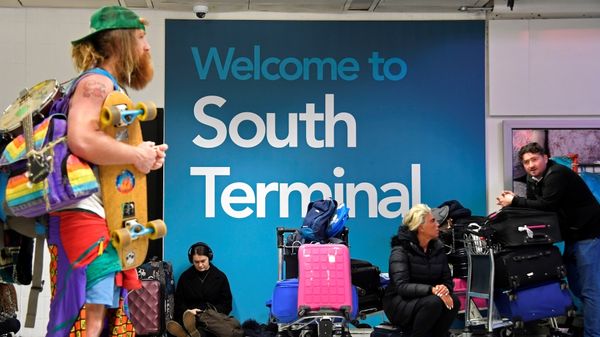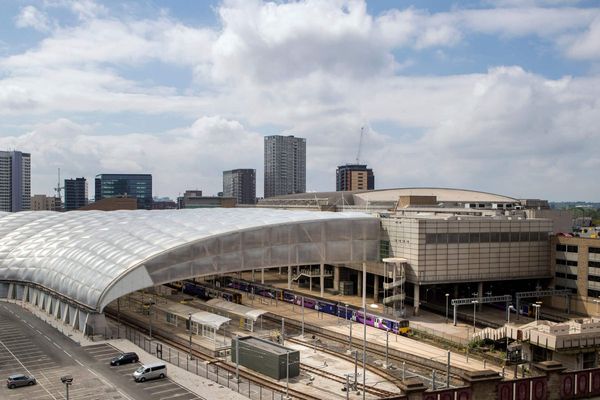
If bands would stop stage diving at concerts, insuring Australia's live music events would be much easier, an inquiry has been told.
Long-time live music fan Jason Holmes sells insurance for entertainment events through his brokerage H2 Insurance Solutions and said watching performers take risks onstage makes him cringe.
"It's only fun until something goes wrong, and regularly something does go wrong, and then obviously that's where we see claims," he said.
"Insurers are saying: 'hey, you can't jump in a crowd, you can't throw things into the crowd.' The artists need to be made aware of this."

The hearing in Canberra on Friday is the latest examining a crisis in Australia's music industry, with festivals such as Splendour in the Grass cancelled and venues closing as costs soar.
One of those costs is insurance - in general, public liability insurance premiums have increased by 40 per cent since 2015, according to the Insurance Council of Australia.
The live music scene is predominantly insured through international companies, according to the council's Alexandra Hordern - local insurers view the market as unprofitable and too risky.
"The premiums collected are quite minimal compared to the potential liabilities that the insurers are dealing with, making it an unprofitable proposition for domestic insurers," she said.
Young audiences, alcohol, risk-taking and camping at remote sites during music festivals all presented a complicated picture for insurers.
Yet Ms Hordern's evidence suggested that Australian insurance companies had abandoned the live music sector, the federal government's arts envoy Susan Templeman said.
Hearing chair Brian Mitchell also questioned how much consideration big international insurers actually gave to covering the Australian live music scene.
"They might just think of Australia as the land of spiders and snakes and crocodiles and blazing heat in the desert," he suggested.
But Ms Hordern promised the council was working with industry to improve its risk management and said specialised brokers could provide cheaper cover.
Some events were also more risky than others and a tour by Taylor Swift or Pink was a different proposition to a Motley Crue concert, she said.

Mr Holmes said while he was not seeing a higher volume of claims or more expensive cover, policy limits had increased massively - up to about $50 million.
In some states, paying out a contentious claim was cheaper than fighting it in court, he said.
Crowd surfing is also an issue: one case involved a hefty payout for a fan who injured their neck when kicked in the head at a concert.
Mr Holmes advises clients to install lighting and other safety measures, as well as recording live camera feeds that could be used to disprove claims.
Promoters should do their utmost to look after anyone injured at a show, as it generally reduced the chance that lawyers would get involved, the Live Music Business Council said.
It's developing several apps so that promoters and venue managers can keep track of regular safety checks, and record evidence of any incidents in case they are sued.
The council is also mapping out how a levy on big music events could work, with conservative figures showing it could generate about $11 million yearly to support the industry through a charitable trust.
The inquiry has so far held more than a dozen hearings around Australia, and has previously been told a national strategy is needed to rescue the live music industry.







